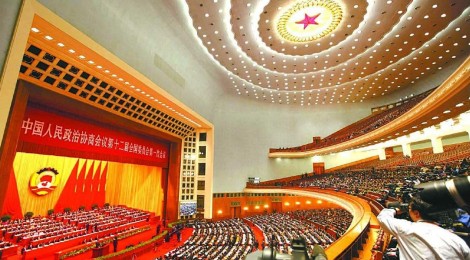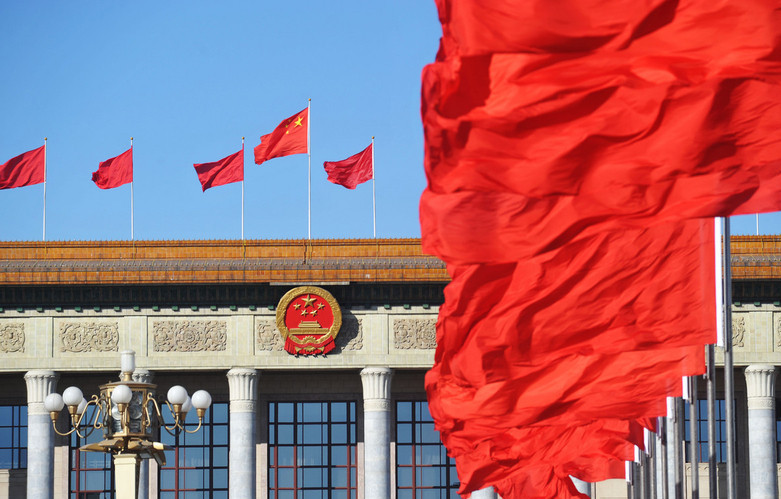
China’s 13th Five-Year Plan: restrained growth and new development strategies
The National People’s Congress (NPC) – the Chinese Communist Party-controlled legislature – together with the Chinese People’s Political Consultative Conference (CPPCC) – the top governmental advisory body – it is usually referred to as两会 lianghui, which means “the two sessions”. During the annual reunion of the two sessions, nearly 5000 delegates, mostly party members and officials, gather in Beijing. The meetings are to be observed as they can be useful in discerning the country’s political priorities and economic expectations, since in these occasions officials use to send signals on important policy moves.
Every year, three draft reports are usually submitted for NPC delegates to discuss and approve. They comprise the premier’s government work report, the National Development and Reform Commission’s economic development report, and the Ministry of Finance’s budget report. The documents provide a review of the past year and explain how the central authorities will govern the country in the coming year. Also, this year’s plenary session was especially important because it had also the task of reviewing and approving the proposed 13th Five-Year Plan for Economic and Social Development, containing social and economic development initiatives to be fulfilled during the period from 2016 through to 2020.

On Wednesday, premier Li Keqiang defended the country’s economic policies and unusually avoided the previous practice of declaring a specific aim for national GDP growth. The target range announced for the 13th five-year plan is between 6.5 and 7 percent per year, and innovation is set to be the main driving force for future growth, according to the report: by 2020, 60 percent of China’s economic growth will come from improvements in technology and science. Also, the goal for 2020 is to double the GDP and the average per capita income compared to the value of 2010. While admitting an increasing downward pressure, Premier Li said to be confident that as long as the country “continues to reform and open up, China’s economy will not suffer a hard landing.” Structural reforms are to take the place of the previously used massive stimulus measures, in the hope they will unleash economic growth drivers in a more sustainable, yet more painful, economic path. The measures include cutting high debt, streamlining state-owned enterprises, and reforming financial markets.
The growth is supposed to stimulate the employment rate, as Beijing aims at creating 50 million new jobs in urban areas by 2020, especially in the most innovative sectors of the economy, such as start-ups for innovation and services. Another ambition objective is to lift from extreme poverty 70 million Chinese living in the countryside on one dollar per day.

In his report to the NPC, premier Li also touched on family planning, pledging more support for couples choosing to have a second child. It is the first time since it came into effect three decades ago, that the expression “family planning” has not been used in the report at the 两会. This means there has been a shift in the leadership’s position on demographic issues. Worth noting, president Xi himself made reference to the large Chinese population as a resource and not a liability for the nation. Also, Chinese leaders usually announce the military budget here. This year the budget for defence spending is of 954 billion RMB, a 7.6 percent increase from last year, when 10.1 percent increase was budgeted.
The premier’s general message in the conference was one of reassurance: despite widespread concerns about the country’s solidity, China, with its abundant resources and human potential, will simply not even entertain the possibility of a “hard landing.”




